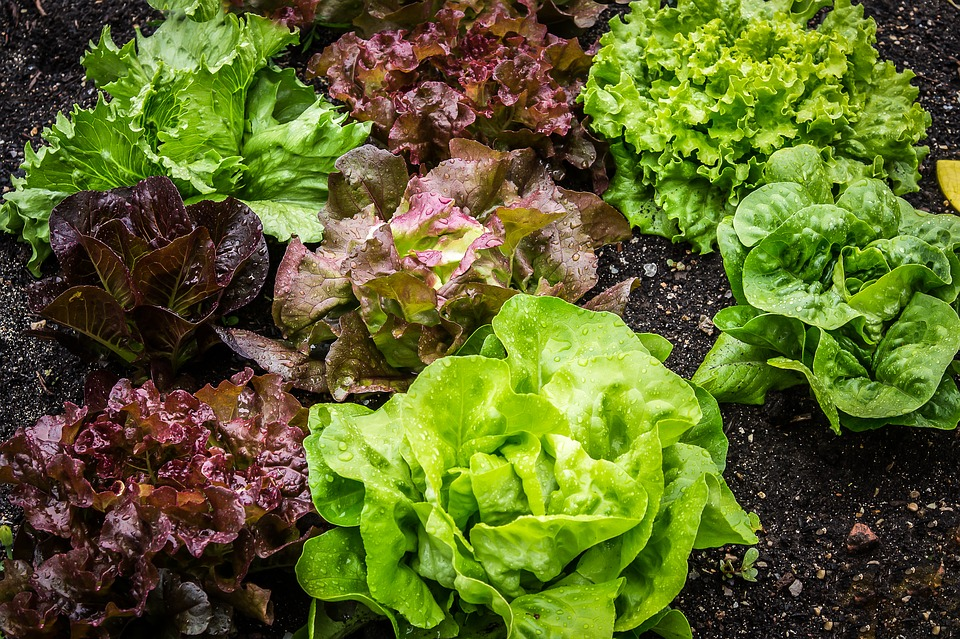
Tips for Growing Lettuce in the Garden & in Raised Beds
Lettuce is a wonderful vegetable for all gardening beginners. It is versatile, as several plant species are referred to as 'lettuce'. With a little planning, you can harvest fresh lettuce all year round. We'll show you how and provide you with all the important information about growing lettuce.
This Article Contains:
Quick Overview
Different Types of Salad
- Garden lettuce (lettuce, plucking lettuce)
- Chicory (endive, chicory, radicchio)
- Lamb's lettuce
- Postelein
- rocket
Planting and Caring for Lettuce
- Location: semi-shady with loose, deep and humus-rich soil
- Plant lettuce slightly raised (this protects the lettuce heart from rotting)
- Planting lettucein a raised bed is no problem from the second year onwards
- Light feeder, therefore no fertilization necessary
- Water and mulch sufficiently
Different Types of Lettuce: An Overview
Lettuce comes in an incredible number of forms and variations. One reason for this is that representatives of different genera and plant families are referred to as "lettuce". Here are the most important types of lettuce.
Garden Salad
Probably the best known of the lettuces is Garden Lettuce (Lactuca sativa), which belongs to the Asteraceae family and the Lactuca genus. These include lettuces such as iceberg lettuce or batavia lettuce, but also cut and picked lettuces such as lollo rosso or oak leaf. Garden salads also include chicory, such as endive, radicchio, chicory and sugar loaf.
Endive and Chicory
There is also the endive (Cichorium endivia). Although this also belongs to the composite family, it comes from the chicory genus (Cichorium). This genus also includes the chicory (Cichorium intybus var. foliosum), which includes the winter lettuces sugar loaf and radicchio.
Lamb's lettuce
Lamb's lettuce (Valerianella), also known as field lettuce or rapunzel, belongs to the valerian subfamily (Valerianoideae). It forms its own genus, which comprises around 80 species. The best known and most commonly used species is the common lamb's lettuce (Valerianella locusta).
Purslane
The common dishweed (Claytonia perfoliata), also known as Postelein, winter purslane or Cuban spinach, is often used as a salad in late spring and early spring. Postelein is a neophyte in Europe, as it originally comes from North America. It belongs to the Montiaceae family.
Arugula or Rocket salad
Rocket (Eruca sativa), also known as salad rocket, belongs to the cruciferous family (Brassicaceae) and is often prepared as a salad due to its spicy flavor.
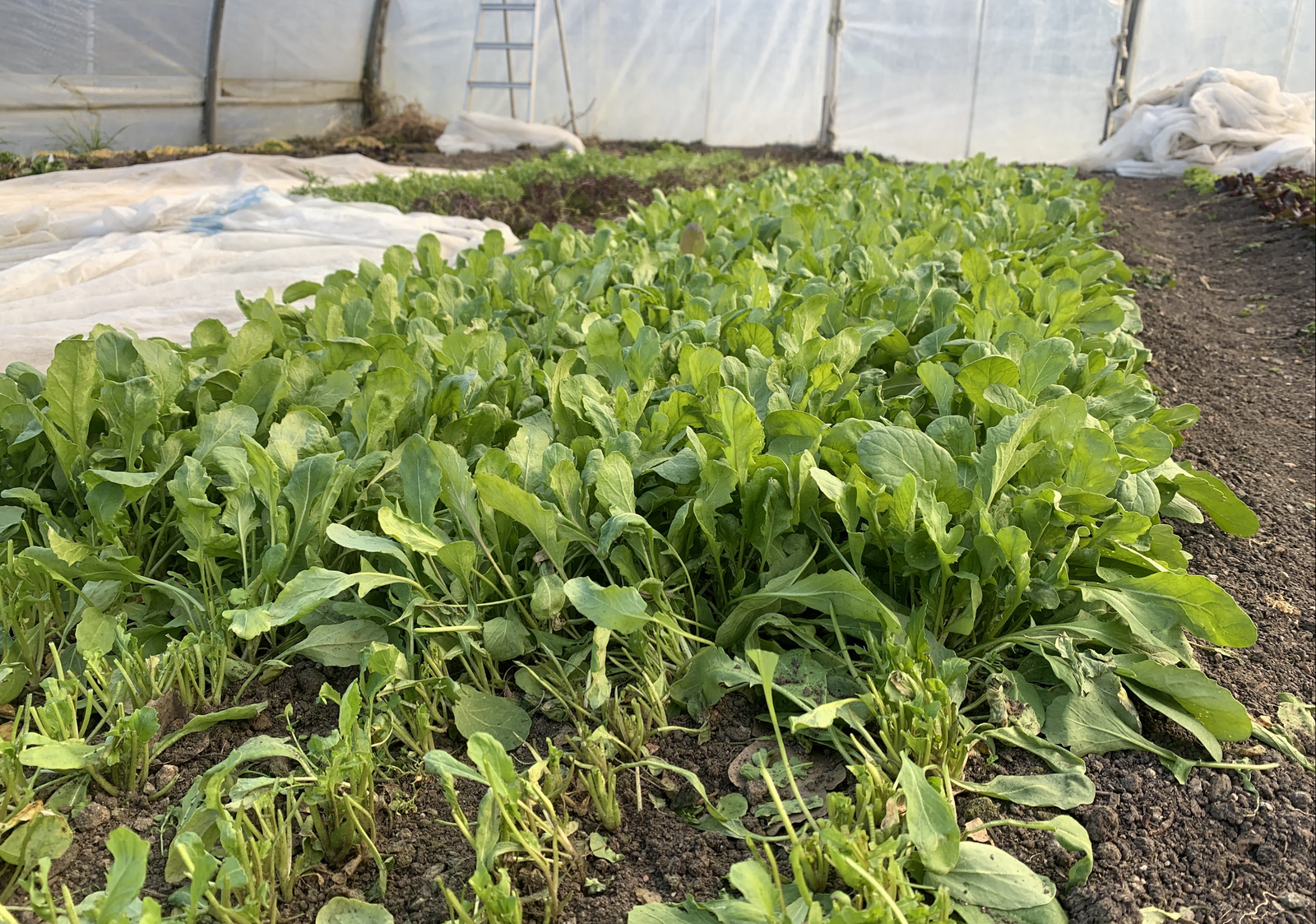
Sowing and Pricking Out Lettuce
As there are so many different varieties and types of lettuce, they also have different sowing periods. Find out more about sowing Lettuce, sowing (times) and transplanting lettuce in this article.
Planting Lettuce: Location and Soil
Lettuces are mostly plants with low nutrient-requirements that like to grow in loose, deep and humus-rich soil. The location should ideally be semi-shady. Lettuce is best planted in a mixed culture. On the one hand, the undemanding plants are a great addition to heavy eating plants. On the other hand, lettuce plants are great gap fillers.
If you have pre-grown your lettuce plants, you can plant out most varieties after the Ice Saints. When planting out, you should plant lettuce seedlings slightly raised. This way, the heart sits above the soil and is protected from rotting.
Planting Lettuce in a Raised Bed
Lettuce can also be grown in raised beds. If you want to start the gardening season particularly early, you can plant pre-grown lettuce seedlings in your raised bed from mid-February with a cold frame. Without an attachment, you can start planting lettuce in mid-March.
A lot of nitrate is released in the raised bed in the first year, so you should avoid lettuce here as it stores nitrate and collects it in the leaves. Excessive amounts of nitrate can be harmful to us humans. Therefore, you do not normally need to fertilize lettuce that you can plant in raised beds from the second year onwards. As raised beds usually dry out more quickly than normal beds, you should make sure to water the lettuce regularly. You Find a Planting Plan For a Year in a Raised Bed Here.
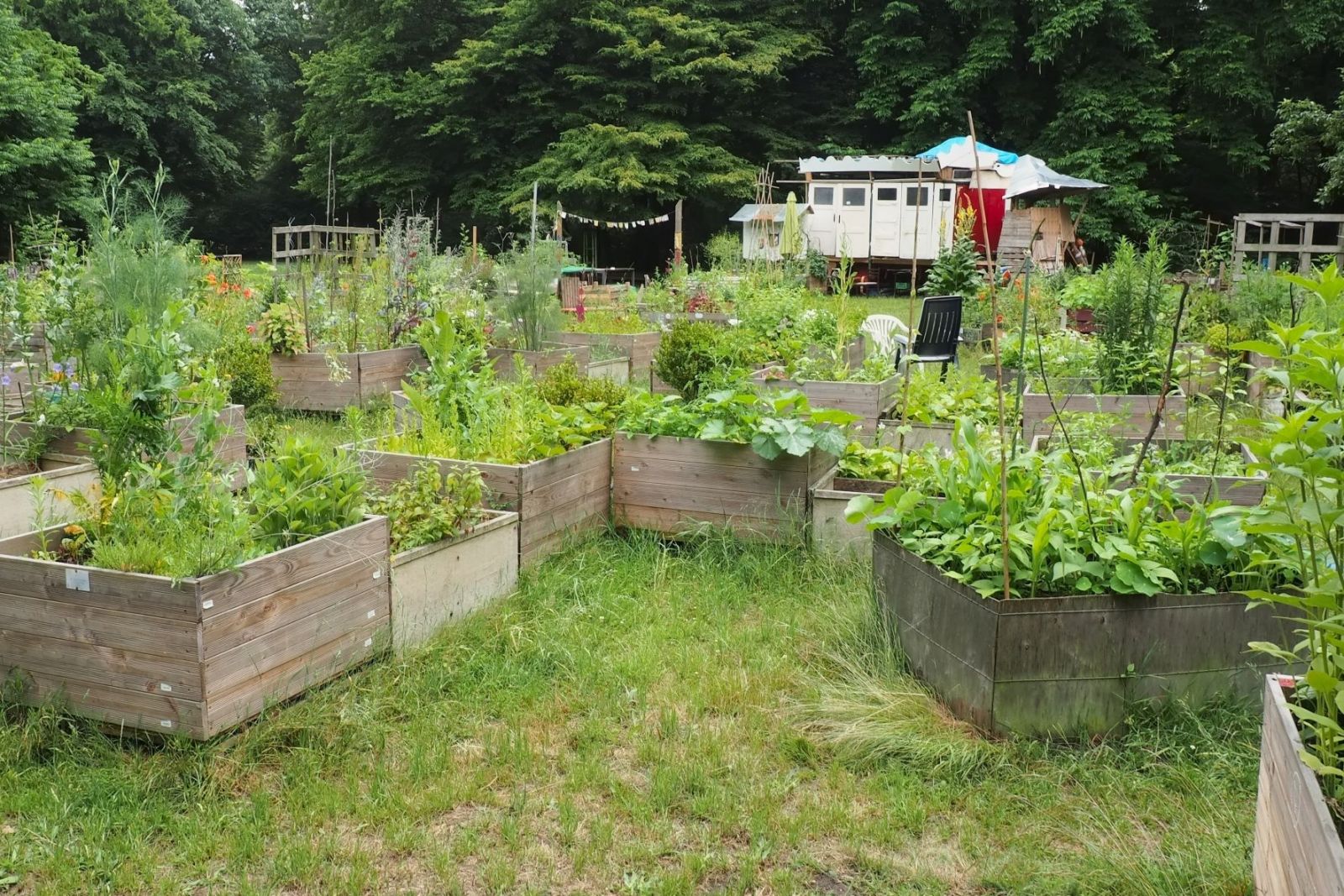
Fertilizing and Caring for Lettuce: What You Need to Know
Almost all leafy vegetable salads are light feeders. Only endive, as a medium eater, has a slightly higher nutrient requirement. It is therefore perfectly sufficient to add a little compost to the planting hole when planting lettuce. If you sow directly, you can work some compost into the soil. Lettuce, like most leafy vegetables, stores nitrate in its leaves. Excessive fertilization can cause your vegetables to exceed the nitrate limit. You should therefore be careful not to over-fertilize your lettuce. For endive, you can use a little more compost and water with a little plant manure if necessary. A layer of mulch can also provide nutrients and at the same time protect against water loss through evaporation.
Lettuce in particular needs to be watered regularly. Otherwise the leaves will become tough and the plant will start to shoot, i.e. form seed heads. As a result, the heads stop growing and put the last of their energy into the seeds. Make sure you water around the heads. If the water stands between the leaves, fungal diseases can develop more easily. On hot days, the water droplets can also concentrate the sunlight and burn the leaves.
Diseases and Pests
Protect Lettuce From Snails
The best way to combat the voracious molluscs is to prevent them from getting to your lettuce in the first place. A slug collar or slug fence can prevent the pests from eating the juicy leaves. If there are not yet too many, you can collect the slugs in the garden.
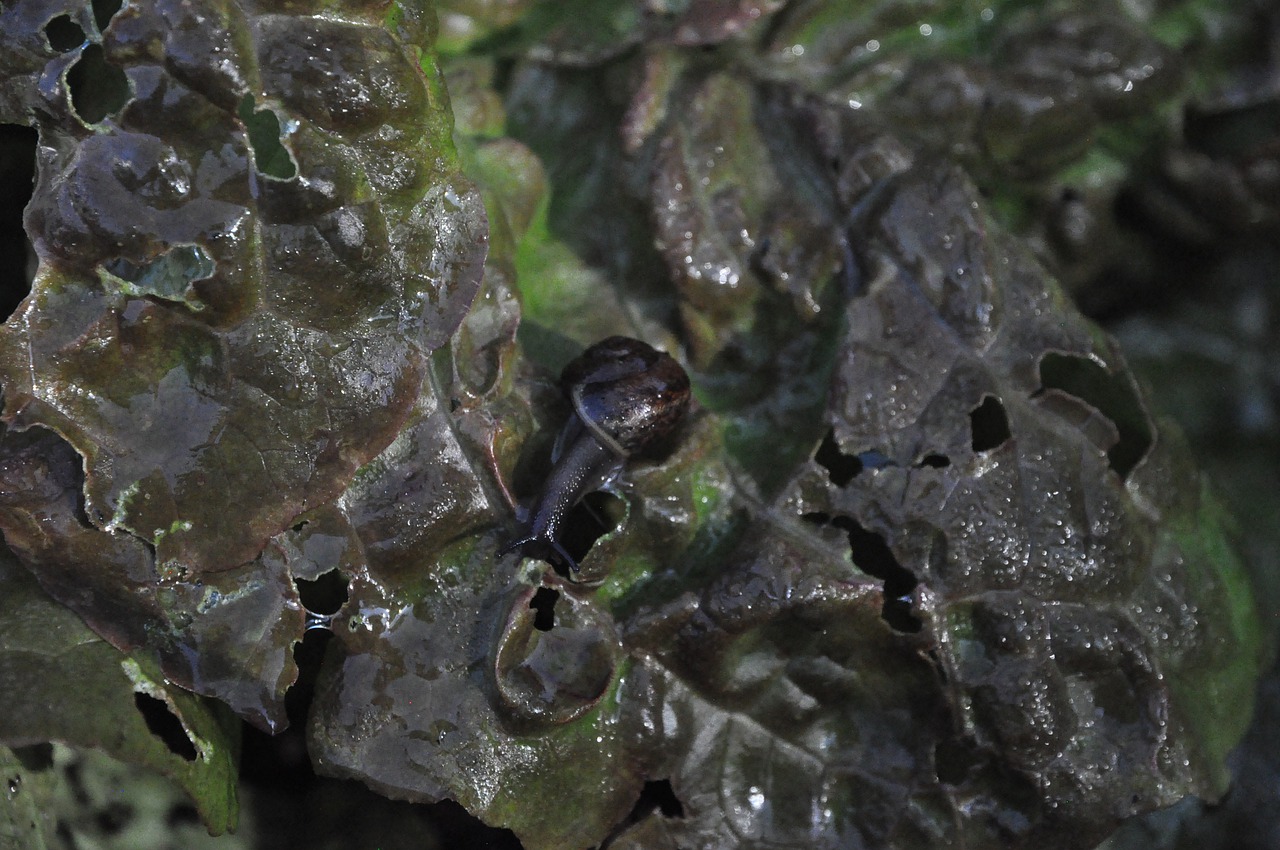
Aphids on Lettuce
When the weather is warm and humid and there is little air circulation between the plants, the conditions are ideal for aphids. Therefore, make sure to keep sufficient distance between the plants. You can usually see the insects with the naked eye, as they are 1 - 4 mm/0.04 - 0.16 in in size. However, aphids like to hide in the leaves, which is why you often become aware of them through the following signs:
- curled/deformed leaves
- sticky leaf coating (honeydew)
- poor growth
- attracted ants
As aphids can reproduce very quickly under good conditions (they don't even need a partner), you should act quickly and immediately after discovering them. However, we recommend that you do not use synthetic pesticides, as this can endanger the ecosystem.
Fight Aphids Naturally:
- Field cress stock: 1 kg/2.2 pd of fresh herb (or 200 g/7 fl. oz. of dried herb) to 10 L/21 pt of water. Simmer for 30 minutes, then leave to infuse for 24 hours. Then strain and use diluted (2 L/4.2 pt decoction with 10 L/21 pt water). Spray plants every 2-3 days.
- Garlic/onion decoction: Chop 40 g/1.4 fl. oz. garlic or onions and pour 1 L/2.1 Pt boiling water over them. Leave to infuse for 3 hours, strain and pour into a spray bottle. Use several times a day.
- Rock Flour: Sprinkle the fine flour on the plants every 2 days so that they are covered in white.
- Attract Beneficial Insects such as ladybugs or parasitic wasps with insect hotels or order them online. These are natural predators of aphids.
Downy Mildew
The fungal disease occurs when the weather is very damp or the leaves lie directly on wet soil. It is characterized by yellow-brown spots on the upper side of the leaves and a greyish coating on the underside of the leaves. You can only take action against Downy Mildew if it is detected early enough. At an advanced stage, the affected plant should be completely removed and disposed of.
Combat and Prevent Mildew
- In damp weather, mulch the soil with straw or rags to aerate the soil and the deep leaves
- Remove all diseased leaves
- In case of infestation, spray with a decoction of onions, garlic or horsetail (see above)
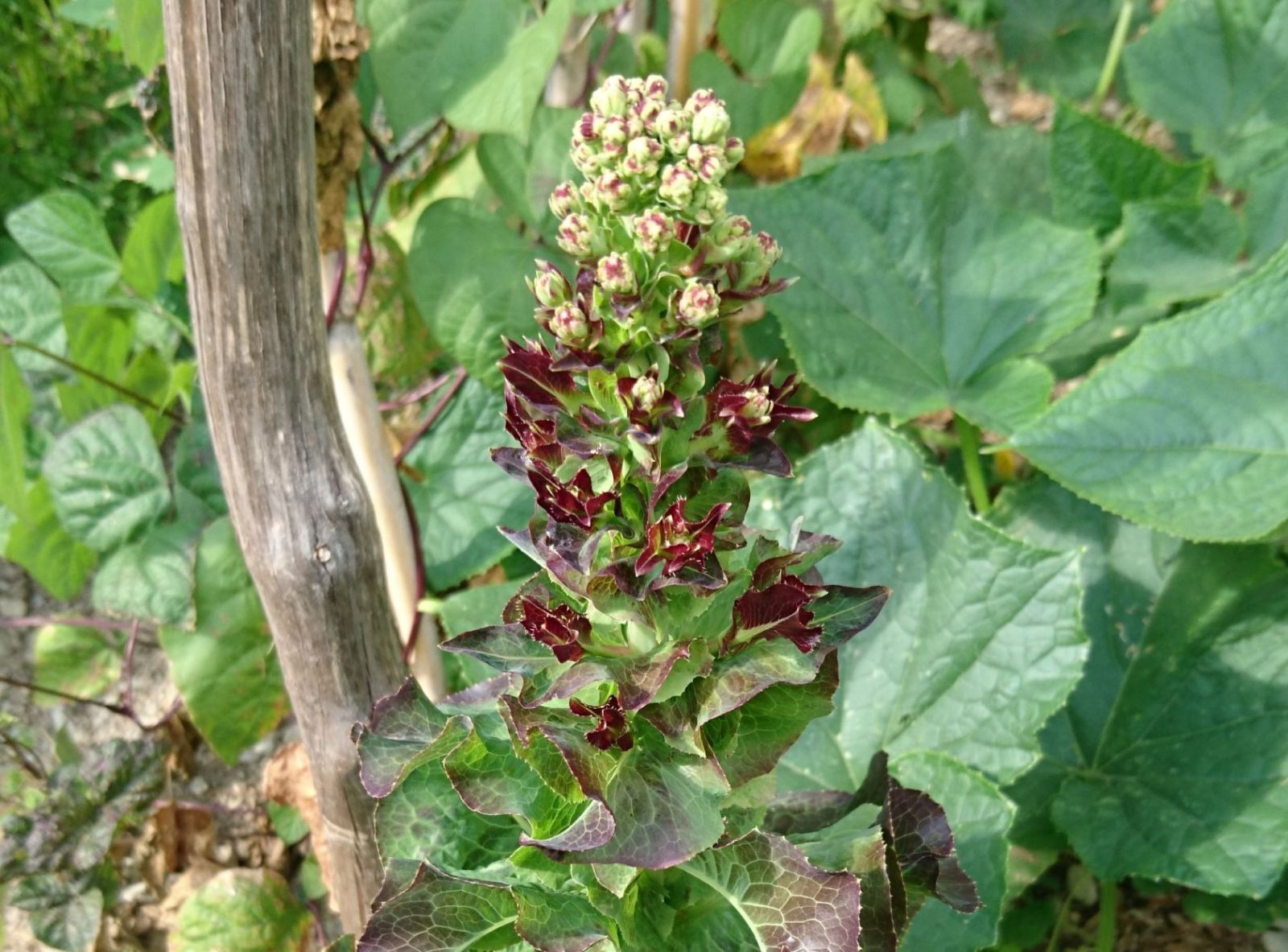
Harvesting Lettuce Correctly
The best time to harvest lettuce is in the afternoon or evening. The nitrate content in the leaves is lower here than in the morning. This basically applies to all the lettuces listed here. You can find out what you need to bear in mind when harvesting the individual types of lettuce in this article. Here are more Tips on Harvesting Lettuce.
Propagate Lettuce
To obtain seeds from the lettuce, you should leave a few heads of lettuce standing. You can also do the same with lettuce that has already sprouted, as it is already forming inflorescences. These inflorescences will have formed ripe seeds 12 - 24 days after flowering. You can then cut off the dry inflorescences and shake them out over a cloth to collect the seeds. Rocket and postelein usually self-seed unnoticed, as their inflorescences are not as conspicuous as those of lettuce.
Want to get helpful gardening tips all year round and plan your own beds in the best possible way? Then register here or download the Fryd app for Android or iOS.
Fryd - your digital bed planner
Isabell
Current Topics in the Community

#red , #tuesday
Show 1 answer
Liked 2 times
#testpostcount

Dec 2025
Popular Articles

Companion Plants for Carrots: What (Not) to Plant With Carrots

Companion Plants for Celery : What (Not) to Plant With Celery?

Strawberry Types: List of Best Strawberry Varieties

Companion Planting With Strawberries: Companion Plants and Planting Plan

Basil Varieties & Types at a Glance

What to Plant With Cabbage: Good and Bad Companion Plants

Fertilizing Strawberries: Home Remedies & Natural Fertilizers at a Glance

Growing Sweet Potatoes: Tips on Cultivation & Companion Plants

Companion Plants for Kitchen Herbs: Chives, Parsley & Co

What Herbs Can Be Planted Together?